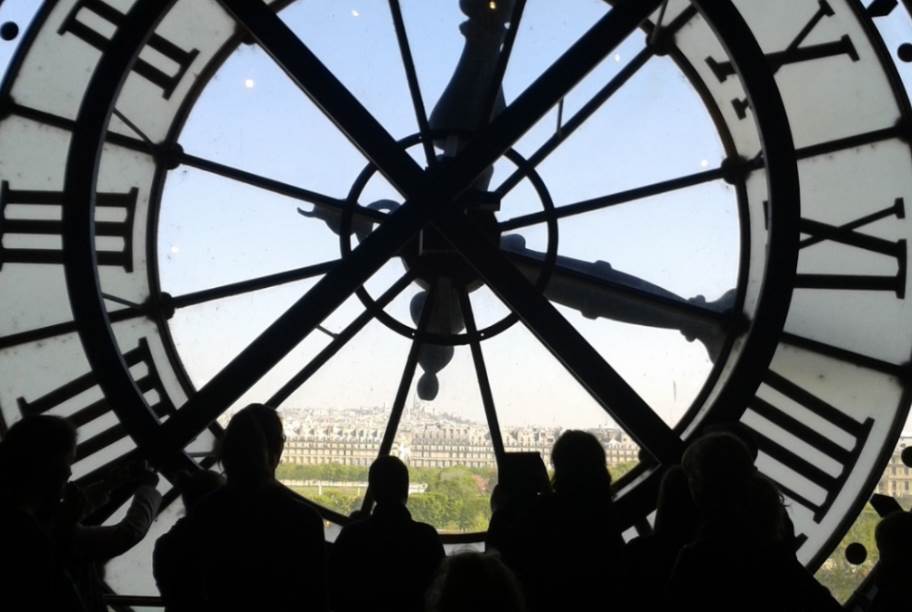If you want to look at some art, then Paris is probably the best city in the world to visit. It is home to multiple museums that contain some of the biggest art collections in the world.
In this post, You’ll discover the ultimate list of facts about the Musée d’Orsay, one of the museums that is housed in an amazing building in Paris.
1. What is the Musée d’Orsay
The Musée d’Orsay is a national museum of fine arts in Paris, France. It houses mainly French art from the period of 1848-1914. Its art collection includes paintings, sculptures, furniture, and photography.
The museum opened its doors in the year 1986 and has since then become one of the most visited museums in Paris and France and even ranks in the top 10 museums in the world.
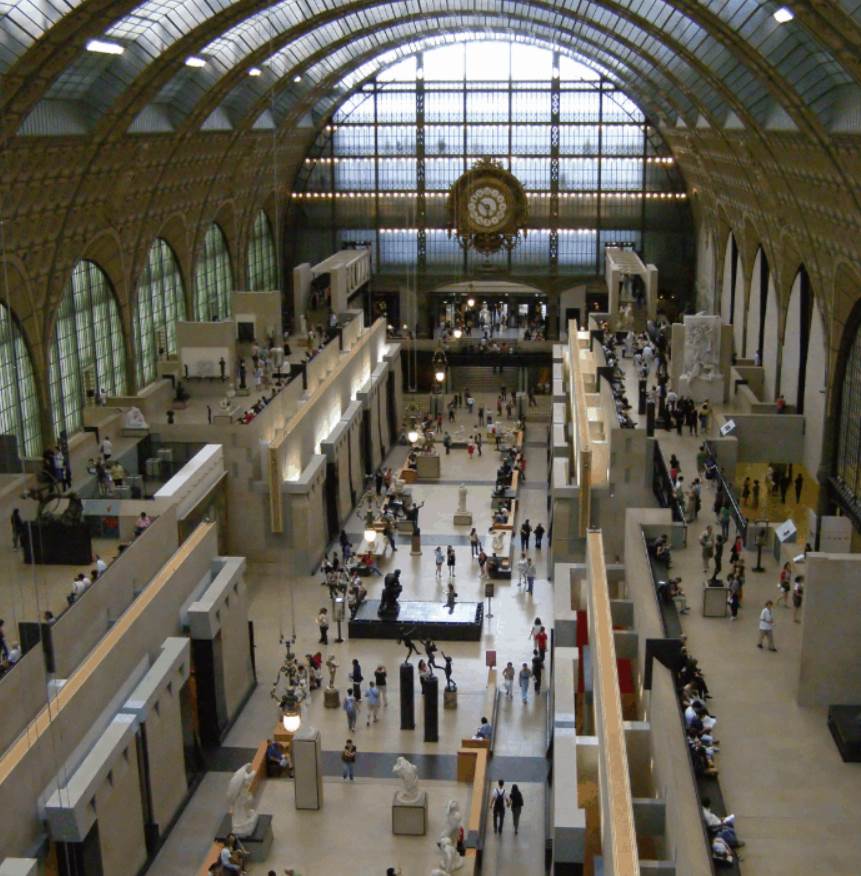
2. It has a large collection of art
The Musée d’Orsay houses the largest collection of impressionist and post-Impressionist works of art in the world.
The museum contains over 2000 masterpieces of Claude Monet, Édouard Manet, Edgar Degas, Pierre-Auguste Renoir, Paul Cézanne, Georges Seurat, Alfred Sisley, Paul Gauguin, and multiple famous paintings by Vincent Van Gogh.
3. Where is the Musée d’Orsay located?
The Musée d’Orsay is located on the Left Bank of the Seine River, right in the historical center of the capital of France, Paris.
It’s located right across the Tuileries gardens, right across the river. In this area, there are several of the biggest museums in the world, including the Louvre, the Centre Pompidou (which houses the Museum of Modern Art), and the Musée Rodin, dedicated to sculptures made by Auguste Rodin.
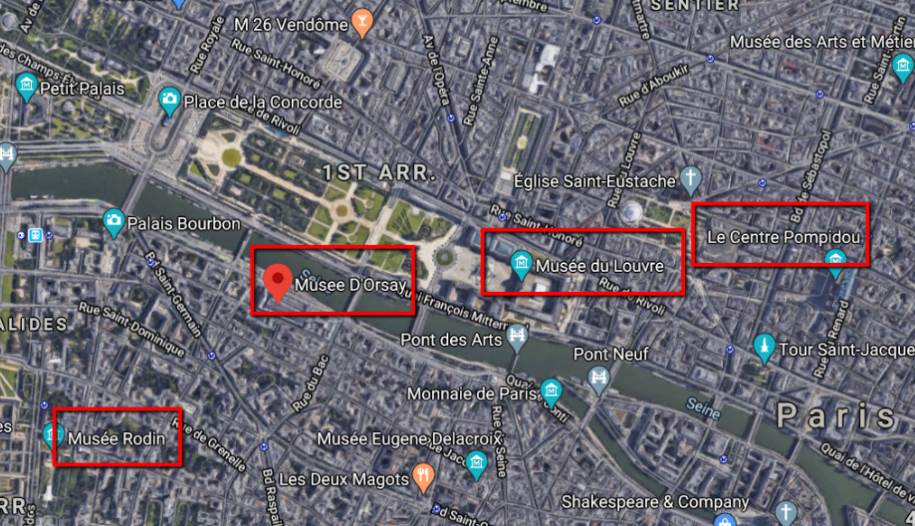
4. The Musée d’Orsay used to be a railway station
Before the building was transformed into a museum, it used to house the “Gare d’Orsay,” a railway station built in the late 19th century (1898-1900).
It was built as a terminus station for the railway between Orléans and Paris, connecting Paris to the southwest of France. and it was the world’s first urban electrical railways station. It was modeled on the “Baltimore Belt Line electrified railway” which had been completed in 1895.
5. It also housed a hotel
The building of the Musée d’Orsay was multi-functional, as it also housed a 370-room hotel on its west and south sides.
When it had been decided that the building would be renovated and used as a museum, the Hôtel d’Orsay permanently closed its doors in 1973.
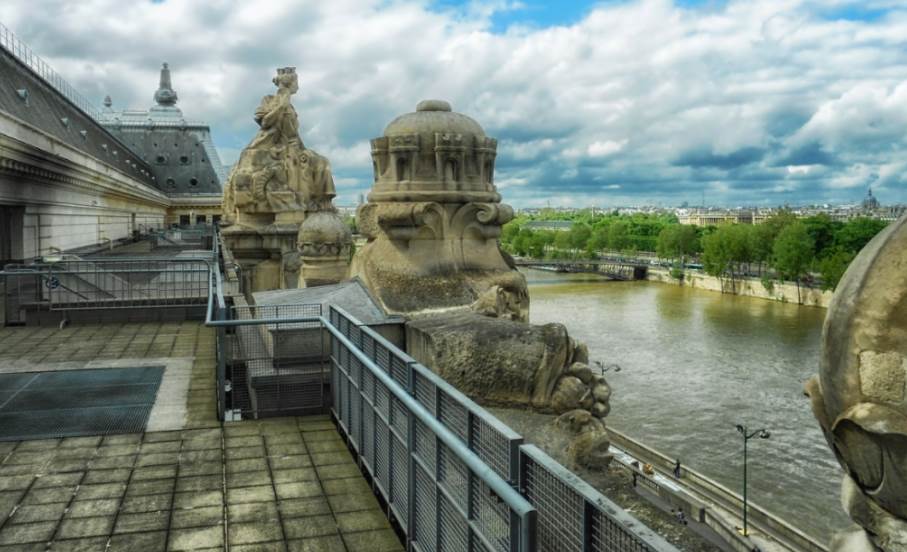
6. The railway station and hotel were built on ruins
Before the monumental terminus station was built by the “Compagnie Paris-Orléans,” one of France’s first railway companies, the location was home to the “Palais d’Orsay,” which housed the “Cour des Comptes” (financial archives) on its first floor. Construction started in 1810 but wasn’t completed until 1840.
The archives were moved to the Palace of Versailles and in 1871, on the night of May 23-24, 1871, the largely empty Palais d’Orsay (along with the Tuileries Palace) was burned to the ground by the soldiers of the Paris Commune.
The ruins of the Palais d’Orsay remained at the location for about 30 years, until the new gare d’Orsay was built.
7. Who designed the building?
The World Fair of the year 1900 was about to be held in Paris. This world fair is known as the “Exposition Universelle” or simply the “1900 Paris Exposition.”
To ensure the construction of the railway station would be completed, it was commissioned to 3 of the most renowned architects of that time:
- Lucien Magne – A French architect known for his work on religious buildings, the most famous one being the Sacré-Coeur in Paris.
- Émile Bénard – A French architect and painter, known for being the assistant of Charles Garnier during the construction of the Palais Garnier.
- Victor Laloux – A French architect known for his work on the neo-Byzantine Basilica of St. Martin in Tours.
The building was designed in the Beaux-Arts style, a style that was built upon the principles of French neoclassicism and widely used in Paris in the 19th century.
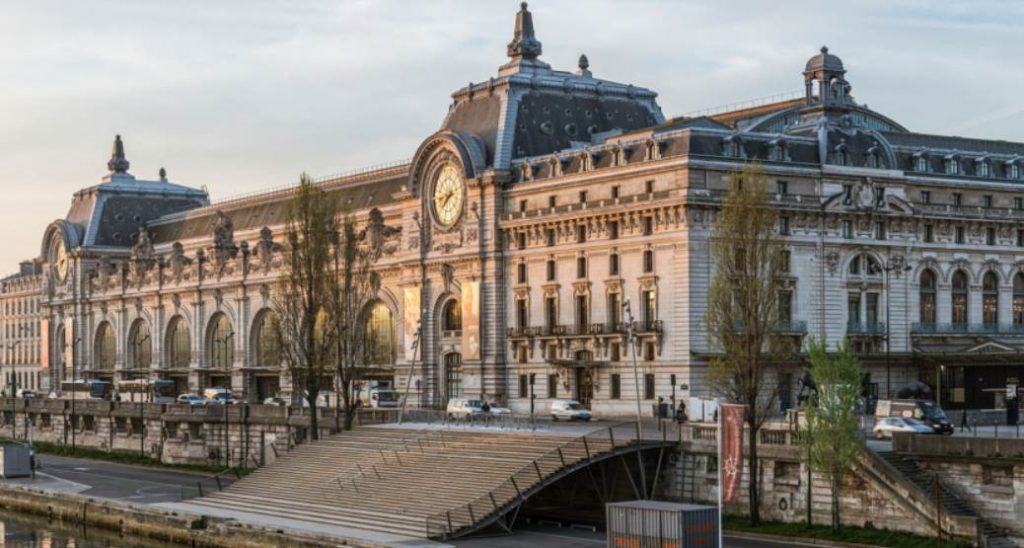
8. Interesting facts about the Musée d’Orsay building
Being a former railway station and a 370-room hotel, the Musée d’Orsay, just about any other major structure in Paris, is a massive building.
Below are some of the stats of the building to emphasize this:
- The length of the building is 173 meters (567 ft).
- The width of the building is 75 meters (246 ft).
- The main hall is 138 meters (452 ft) long, 40 meters (131 ft) wide and 32 meters (104 ft) high.
- The building consists of 12,000 metric tons of steel.
- The building uses 35,000 square meters of glass.
- The building has 10 escalators and 12 lifts.
- 1 million cubic meters of air is airconditioned each hour.
10. The building was almost demolished
If it wasn’t for the then Minister for Cultural Affairs, Jacques Duhamel, the old railway station would have been demolished back in 1970.
The Directorate of the Museum of France, the title given to the main state museums in France, came up with the idea to turn it into a museum, and the request was accepted by then-French president Georges Pompidou.
Why was the plan to turn the Gare d’Orsay into a museum accepted?
Because it was believed that it would fill the gap that existed between the National Museum of Modern Art, which was then housed in the Palais de Tokyo, and the Louvre.
11. Its collection includes some of the most famous paintings in the world
It houses some of the most famous and iconic impressionist and post-impressionist paintings in the world, such as:
Gustave Courbet’s “The Artist’s Studio” (1854–55)
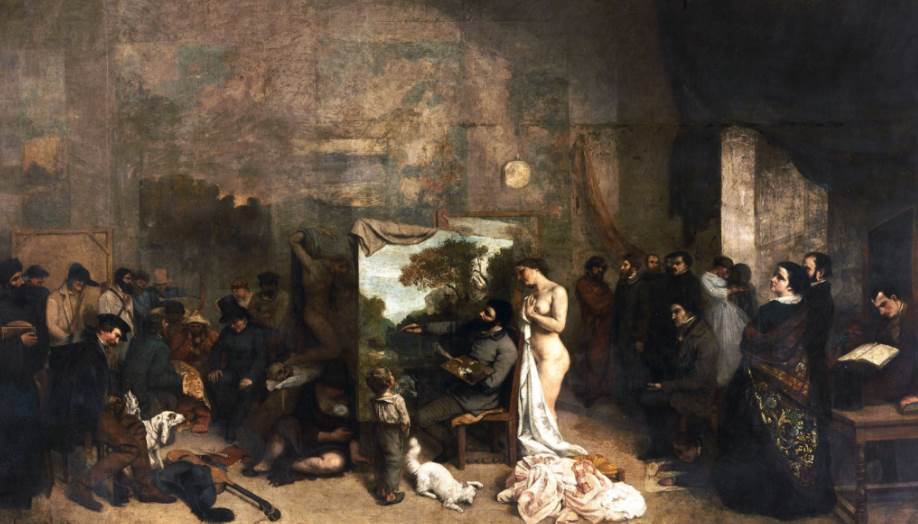
Édouard Manet’s “Le Déjeuner Sur l’herbe” (1863, Luncheon on the Grass)
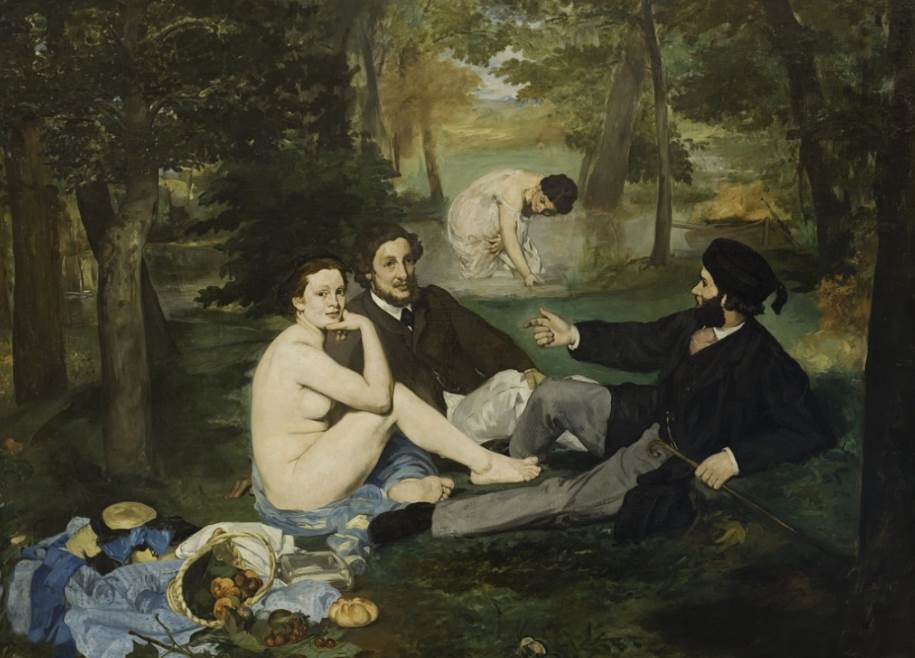
Pierre-Auguste Renoir’s “Dance at Le Moulin de la Galette” (1876, Bal du moulin de la Galette)
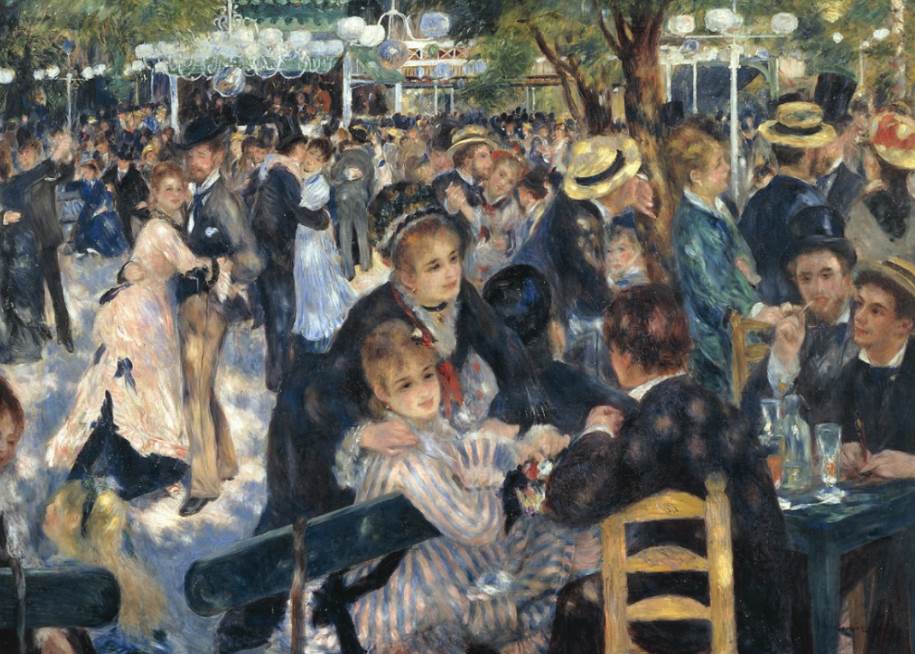
James McNeill Whistler’s “Whistler’s Mother”(1871)
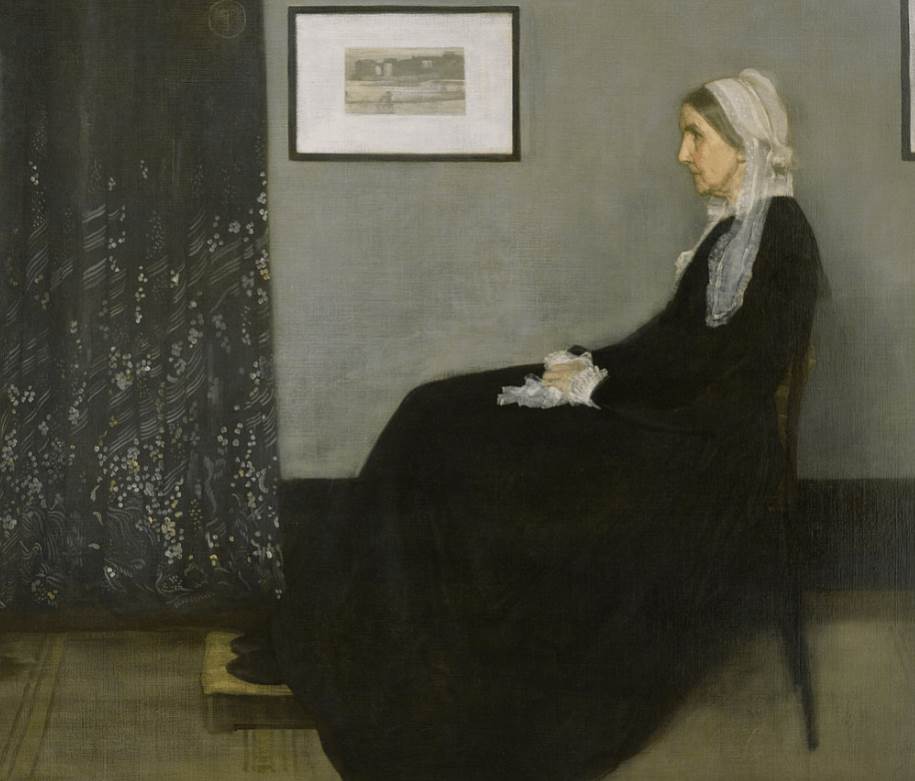
Vincent Van Gogh’s “Starry Night over the Rhône” (1888)
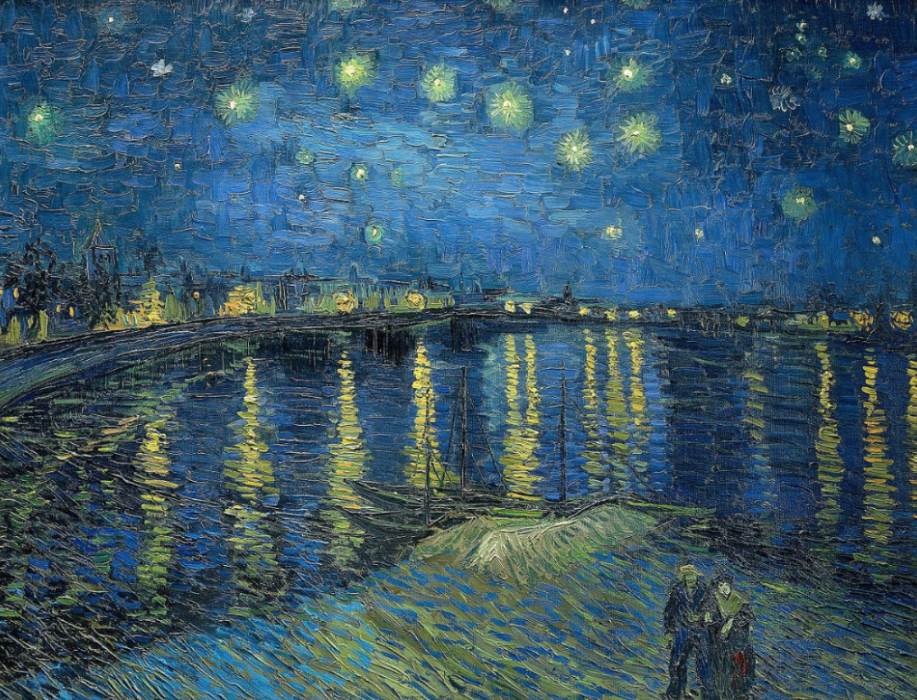
More Interesting facts about the Musée d’Orsay
12. An interesting Musée d’Orsay fact: It’s right across what used to be the location of the Tuileries Palace. That’s where Marie Antoinette and the rest of the royal family were held during the French Revolution in the late 18th century, and from which, they (unsuccessfully) tried to escape.
13. As the French railway network expanded, the railway system leading up to the Gare d’Orsay became unsuitable for the long trains that were used. So in 1939, it stopped being used for long-distance travel.
14. Despite being discontinued for long-distance trains, the Gare d’Orsay is still being used up until today for suburban routes by the SNCF (“French National Railway Company”).
15. Just like many other buildings, including the Centre Pompidou, a competition was held to determine who would be allowed to design the renovations of the Musée d’Orsay. This happened in 1978.
16. The renovations to turn the Gare d’Orsay into a museum involved creating 20,000 square meters of new floor space inside the building on 4 new floors. The project was awarded to ACT Architecture, a team of three young architects (Pierre Colboc, Renaud Bardon, and Jean-Paul Philippon).
17. The construction was in the hands of Bouygues, a Paris-based construction company that has been involved in many major projects ever since, including the Channel Tunnel (1994) which connects France with England and the Stade de France in Paris, France’s biggest sports stadium (1998).
18. the interior design of the Musée d’Orsay was in the hands of the Italian architect Gae Aulenti (4 December 1927 – 31 October 2012). She was also involved in many other major museum designs, including that of the Centre Pompidou and the National Art Museum of Catalonia.

19. The Musée d’Orsay is home to one of the most amazing clocks in the world, which used to serve as the clock of the railway station.
20. The square in front of the Musée d’Orsay showcases 6 bronze sculptures that represent the continents of the world. The following sculptures can be found there:
- South America by Aimé Millet
- Asia by Alexandre Falguière
- Oceania by Mathurin Moreau
- Europe by Alexandre Schoenewerk
- North America by Ernest-Eugène Hiolle
- Africa by Eugène Delaplanche
21. The sculptures were used for the “Exposition Universelle“ 1878. The sculptures of females representing the continents had been lost and were found in a public landfill in Nantes in 1963. The Musée d’Orsay decided to acquire them but didn’t pay money. They exchanged the statues for a Sisley painting, which can now be found in the “Musée des Beaux-Arts” in the city of Nantes!

22. The Musée d’Orsay is one of the most visited museums in the world, and receives over 3 million visitors every year!
23. The museum officially opened its doors in December 1986 and it was the President of France at the time, Francois Mitterand, who officially did so.
24. Want to take some amazing pictures? Then you surely need to climb the stairs behind the massive clock of the Musée d’Orsay. It’s one of the most amazing and unique places to take pictures of the beautiful city of Paris!
25. Want to learn more about the masterpieces on display at the Musée d’Orsay? Then you need to follow the museum on Instagram right now! The museum has hired painter, illustrator, and writer Jean-Philippe Delhomme to create one amazing illustration each Monday!
